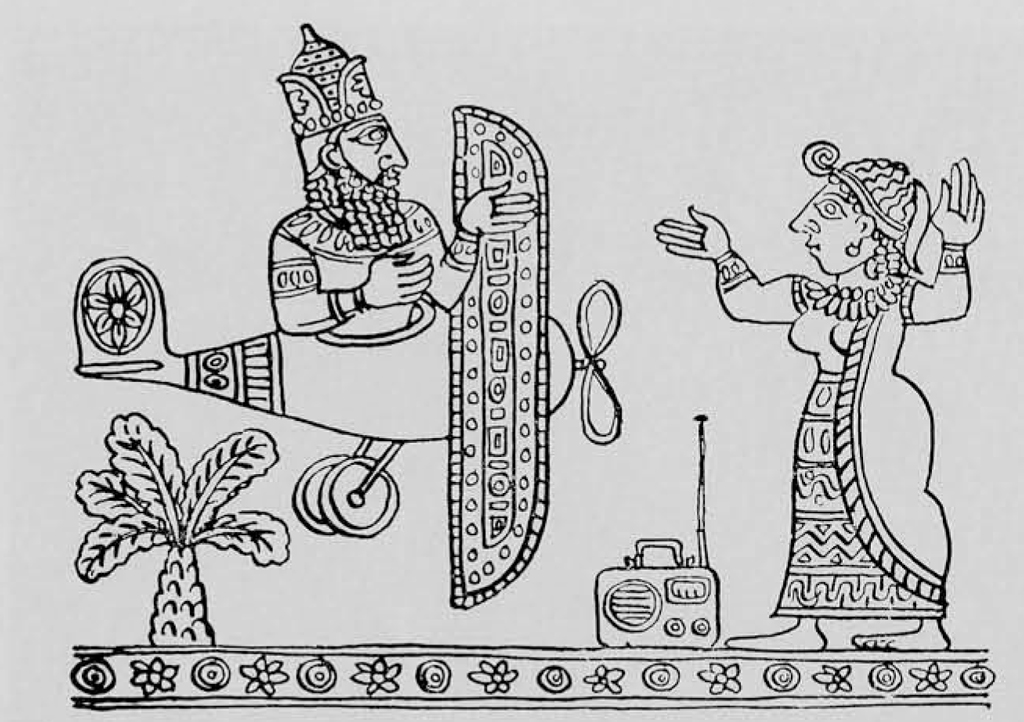The career of Solomon, King of Israel, is known primarily through biblical references and traditions. The historical reality behind specific elements reported in these sources, however, varies greatly. Take Solomon’s most famous characteristic, his wisdom. In the Old Testament, Solomon is described as a man to whom God gave “wisdom and understanding beyond measure” (1 Kings 4:29). He is credited with 3,000 proverbs and 1,005 songs (1 Kings 4:32; Proverbs 1:1). It is said that “Solomon’s wisdom surpassed the wisdom of all the people of the east and all the wisdom of Egypt” (1 Kings 4:30)/ His fame reached far and distant lands, and the Queen of Sheba came to Jerusalem to “test him with hard questions” (1 Kings 10:1). She concluded her trial of Solomon by telling him, “Your wisdom and prosperity surpass the report which I heard” (1 Kings 10:6).

Most of this description must now be considered as part of the Solomonic myth. Biblical scholars no longer hold Solomon to be the author of either the Songs of Solomon (also known as the Song of Songs) or of the Book of Proverbs. Nor is he the author of the Wisdom of Solomon (the Liber sapientiae in the Latin Vulgate edition of the Bible), a Hellenistic Greek work written more than five centuries after Solomon’s death. The Queen of Sheba still eludes us as a historical figure; her kingdom, however, has been located in south Arabia (modern Yemen), an area that is only now being investigated by systematic archaeological research (see Blakely and Sauer 1985).
Other parts of the biblical account pose historical problems, but they do seem to depict faithfully the international world of Solomon’s time, the mid-10th century B.C. We are told that the prosperity of his kingdom came from Solomon’s activities as a merchant prince. The archaeological and historical background for the Tarshish fleet presents the most intractable problems. According to the traditional account, this fleet sailed from Ezion-geber (in the Gulf of Aqabah), bound for Ophir (presumably located on the east coast of Africa in what is now Somalia). The fleet returned with a cargo of gold, silver, ivory, sandalwood, monkeys, and peacocks (1 Kings 10:11, 22). It is difficult to find any archaeological or historical evidence that would corroborate the existence of this trade. The term “Tarshish” has never been satisfactorily explained. We are not certain about the location of Ophir, and even the proper identification of the products brought from Ophir presents serious problems in translation from the Hebrew. Finally, the general nature of the trade as described in the Bible does not fit with what we know generally about international economic relationships in the 10th century B.C.
